PORTLAND, Ore. (KOIN) – The rainbow flag has been a longtime symbol of LGBTQ pride around the world, but there are several other flags that also represent the diverse LGBTQIA+ community.
In Portland and the surrounding area, many homes are adorned with brightly colored flags to show LGBTQ+ representation and allyship. If there’s a flag you’ve seen recently and you don’t know what it means, this guide will help you understand its symbolism.
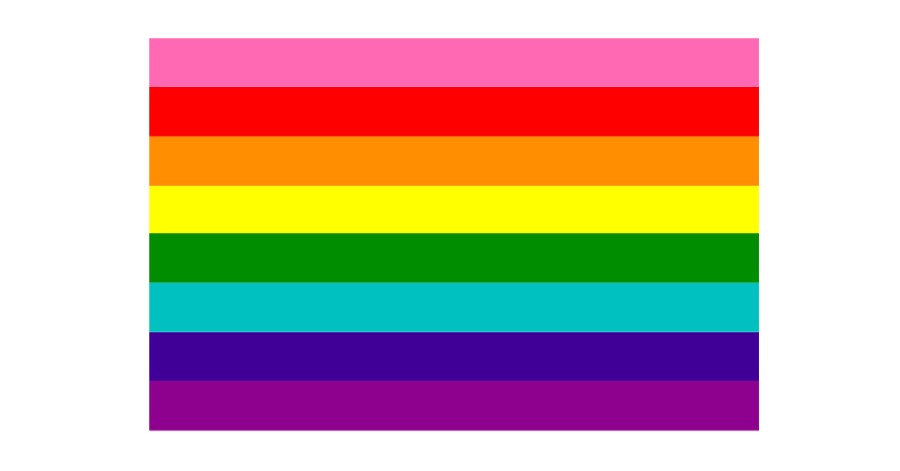
Gilbert Baker Pride Flag
According to the Human Rights Campaign, the original pride flag was first created in 1978. Harvey Milk, the first openly gay man who was elected to office in California, requested artist Gilbert Baker to design a symbol of gay pride. The result was a rainbow flag where each color has a different meaning.
Pink = Sex
Red = Life
Orange = Healing
Yellow = Sunlight
Green = Nature
Turquoise = Magic and Art
Indigo = Serenity
Violet = The Spirit of LGBTQ+ People
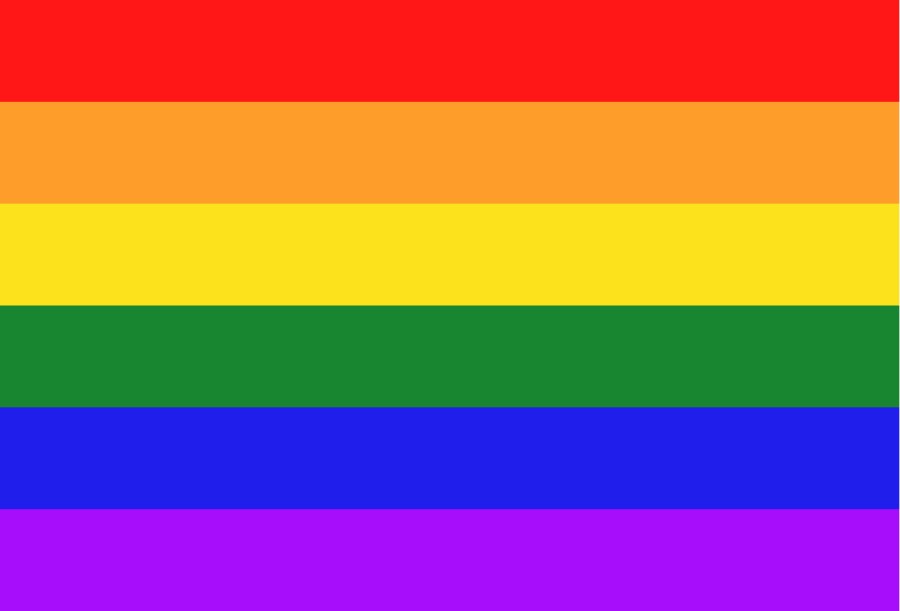
Traditional Pride Flag
The pride flag we see the most these days is missing the pink and turquoise stripes. The Human Rights Campaign said demand for the flag skyrocketed after Harvey Milk was assassinated. Manufacturing issues caused the pink stripe to be removed and Baker made the design choice to remove the turquoise stripe as well.
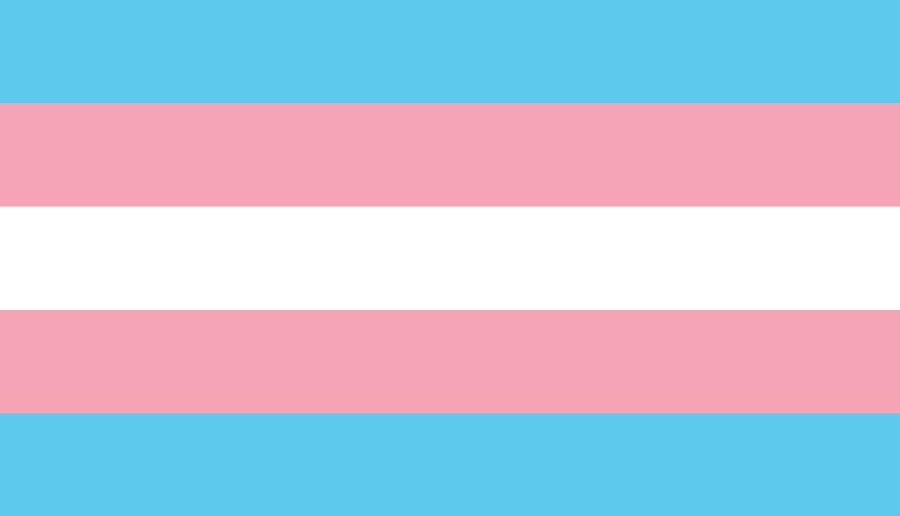
Transgender Flag
The transgender pride flag, which has two light blue stripes on the outside surrounding two pink stripes and a white stripe in the middle, debuted in 2000 but was designed in 1999 by U.S. Navy veteran Monica Helms.
Helms is a transgender activist and according to Smithsonian, she chose the pink and blue stripes to represent boys and girls and white for people who are intersex, transitioning, or who don’t have a defined gender.
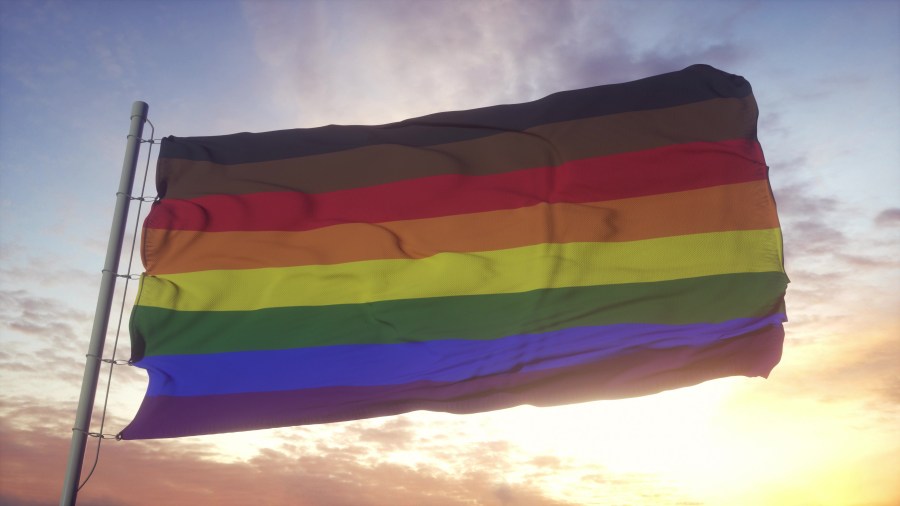
Philadelphia Pride Flag
Nearly 40 years after the first pride flag was created, the Philadelphia pride flag made its appearance at the city’s “More Color More Pride” campaign in 2017. The flag has a black stripe and a brown stripe above the colors of the traditional pride flag. It was created by the Philadelphia-based PR agency Tierney. The company said the flag is meant to be more inclusive for people of color in light of racism.

Progress Pride Flag
The progress pride flag is an evolved combination of the traditional pride flag, the transgender flag and the Philadelphia pride flag. According to the Human Rights Campaign, it was created by Daniel Quasser. Like the Philadelphia pride flag, the black stripe represents communities of color, and it also represents the people lost during the HIV/AIDS crisis in the 1980s and 1990s.

Bisexual Pride Flag
The bisexual pride flag was unveiled in 1998 at BiCafe’s first anniversary party, according to the University of Northern Colorado. BiCafe was an early bisexual website. The flag has three stripes: pink, purple and blue. Pink represents finding people of the same gender identity attractive, purple represents attraction to two genders, and blue represents finding someone of a different gender attractive.
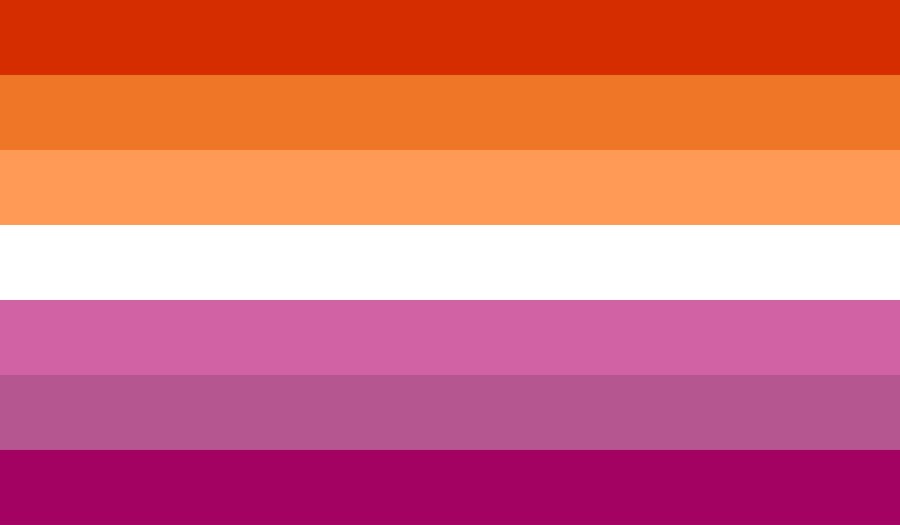
Lesbian Pride Flag
The Human Rights Campaign says there have been many iterations of the lesbian pride flag, but the latest one has been used since 2018. The flag features sunset hues with a white stripe through the middle. The shades of pink, red and orange represent the different types of femininity in the lesbian community.
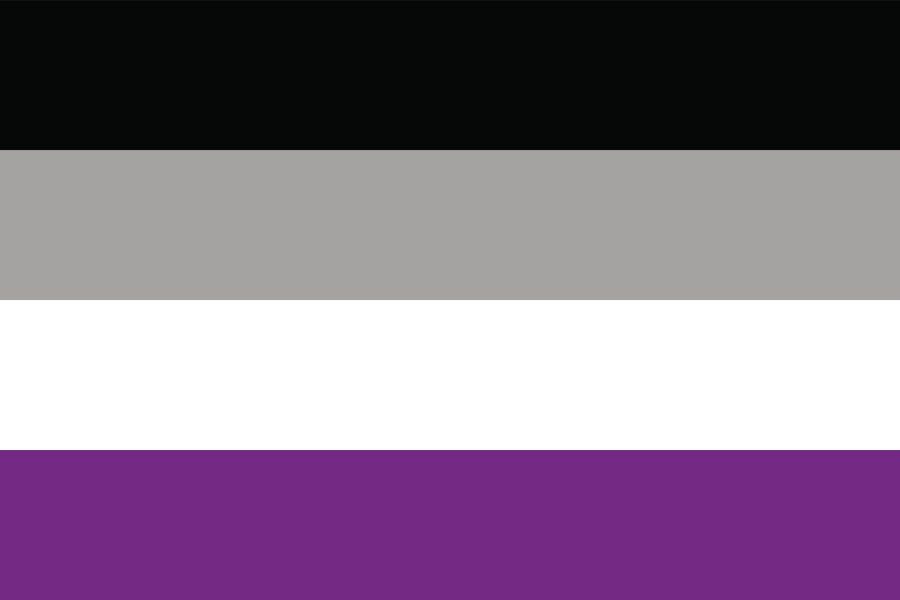
Asexual Pride Flag
When the Asexual Visibility and Education Network challenged people in 2010 to create a flag for people who identify as asexual. The submissions resulted in this flag. Asexual people do not have sexual attraction to any gender. Like the original pride flag, each stripe has a meaning.
Black = Asexuality
Gray = Gray-asexuality and Demisexuality
White = Non-asexual Partners and Allies
Purple = Community
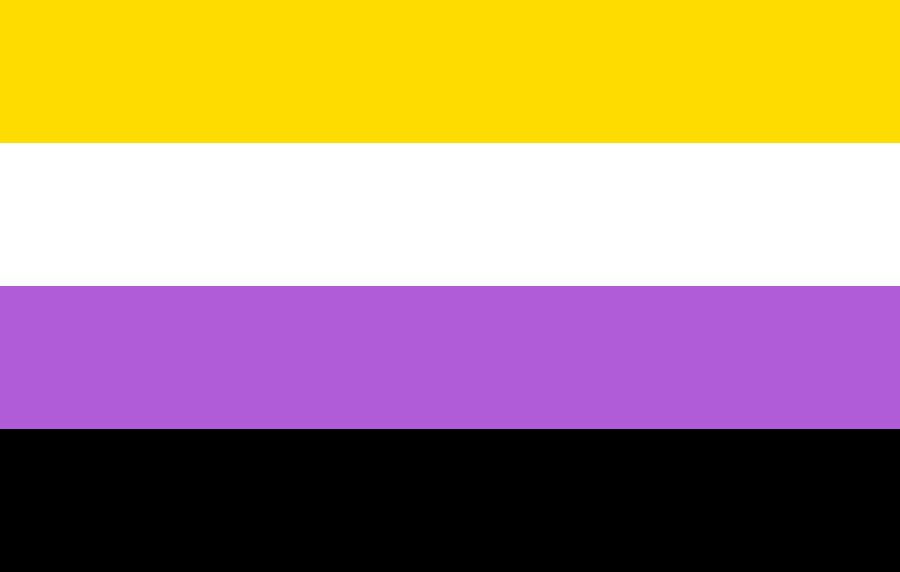
Non-Binary Pride Flag
Another flag with four colored stripes is the non-binary pride flag, which the Human Rights Campaign said was created in 2014. Nonbinary people do not identify with either binary gender (male or female) or within the binary at all.
Yellow = Gender outside the binary
White = Those who have multiple or all genders
Purple = Those who fall between the male/female binary
Black = Those with no gender

There are many more flags that represent the LGBTQ+ community besides the ones listed. To learn more about them, visit the Human Rights Campaign’s website.
The Human Rights Campaign knows that its list may not be comprehensive, but it works to update the page as more flags become popular.
